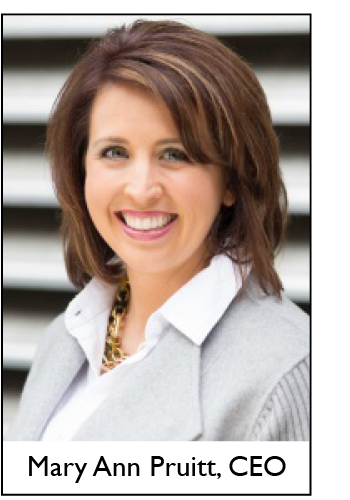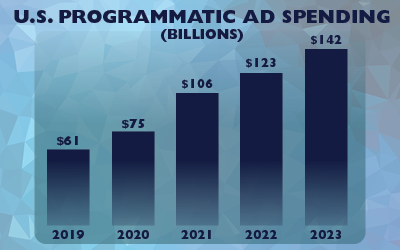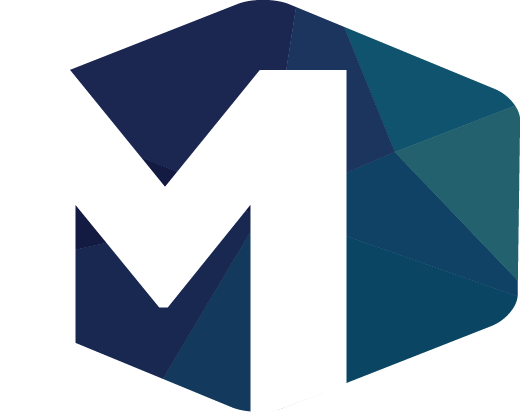A (re-)Introduction to Programmatic Media Buying

April 17, 2023
Despite the massive growth in programmatic advertising in recent years, I still encounter a fair number of clients and colleagues who aren’t exactly sure what it is. The simplest and clearest definition of programmatic ad buying is: using software to buy online advertising. If you’ve ever placed an ad on Facebook, you’ve already used a form of programmatic buying. You upload your creative, set your budget and target audience, fine tune a few details on how you want your ad to appear, and let the system do the rest, including providing highly-detailed and real-time reporting on your campaign performance.
 But programmatic media buying can be so much more, allowing you to let AI-powered software automatically place your ads across multiple websites, networks, and digital platforms, all the while adhering to your budget and modifying your placements in response to how they’re performing. No more sending out requests for proposals, getting quotes, negotiating rates, preparing insertion orders, etc., for every individual ad placement.
But programmatic media buying can be so much more, allowing you to let AI-powered software automatically place your ads across multiple websites, networks, and digital platforms, all the while adhering to your budget and modifying your placements in response to how they’re performing. No more sending out requests for proposals, getting quotes, negotiating rates, preparing insertion orders, etc., for every individual ad placement.
So, how does it work?
Structure
Programmatic media buying brings advertisers and publishers together through software called ad exchanges. To access these ad exchanges, publishers use Supply-Side Platforms (SSP) and advertisers use Demand-Side Platforms (DSP). A DSP enables advertisers to purchase ad impressions and to target audiences via data such as location, age, interests, previous online behavior and so on. The advertiser enters bids for ad space via the DSP, and the DSP automatically places the ads based on the advertiser’s bid price and audience targeting.
Few advertisers have direct access to a DSP, and must rely on middlemen who offer managed services to place their ads programmatically. But media agencies that have a direct seat on a DSP (like Mosaic Media) means they have ‘self-serve’ access to ad inventory and can bid on placements in real-time. Partnering with a media agency with a direct seat on a DSP will give your campaign faster turnaround times, quicker editing, and better audience targeting.
Benefits
Programmatic advertising provides a range of benefits that were unimaginable just five or ten years ago. And programmatic grows more sophisticated as new ad tech comes onto the scene. Here are some of the key advantages of programmatic advertising:
Reach – Programmatic advertising supports multiple platforms and networks, which gives advertisers access to far more ad space on thousands of websites at once. Advertisers can advertise at scale at affordable prices and without any extra work.
Engagement – Programmatic advertising goes far beyond impressions. It supports advanced targeting, such as contextual targeting, interest targeting, and lookalike audiences, to help advertisers reach high-quality audiences at scale and maximize their click-through rates (CTR) and conversion rates.
Real-time Insights & Reporting – Programmatic exchanges provide access to real-time data and advanced reporting about ad placements and performance, so advertisers and publishers can optimize campaigns quickly and accurately at any time.
Relevancy – Programmatic ad buying gives advertisers access to a massive ad inventory across multiple platforms and networks, including premium inventory and private marketplaces with high-quality traffic. With programmatic, advertisers can maximize the relevancy of their ads for specific targeted audiences and improve campaign effectiveness and efficiency.
Programmatic is taking over media buying, and will likely become a component of all your future campaigns. It becomes easier to implement as systems and software improve, and having a partner with a direct seat on an exchange gives you an even greater ability to enhance and empower your media buying. Please don’t hesitate to reach out if we can provide any assistance with your next campaign!


